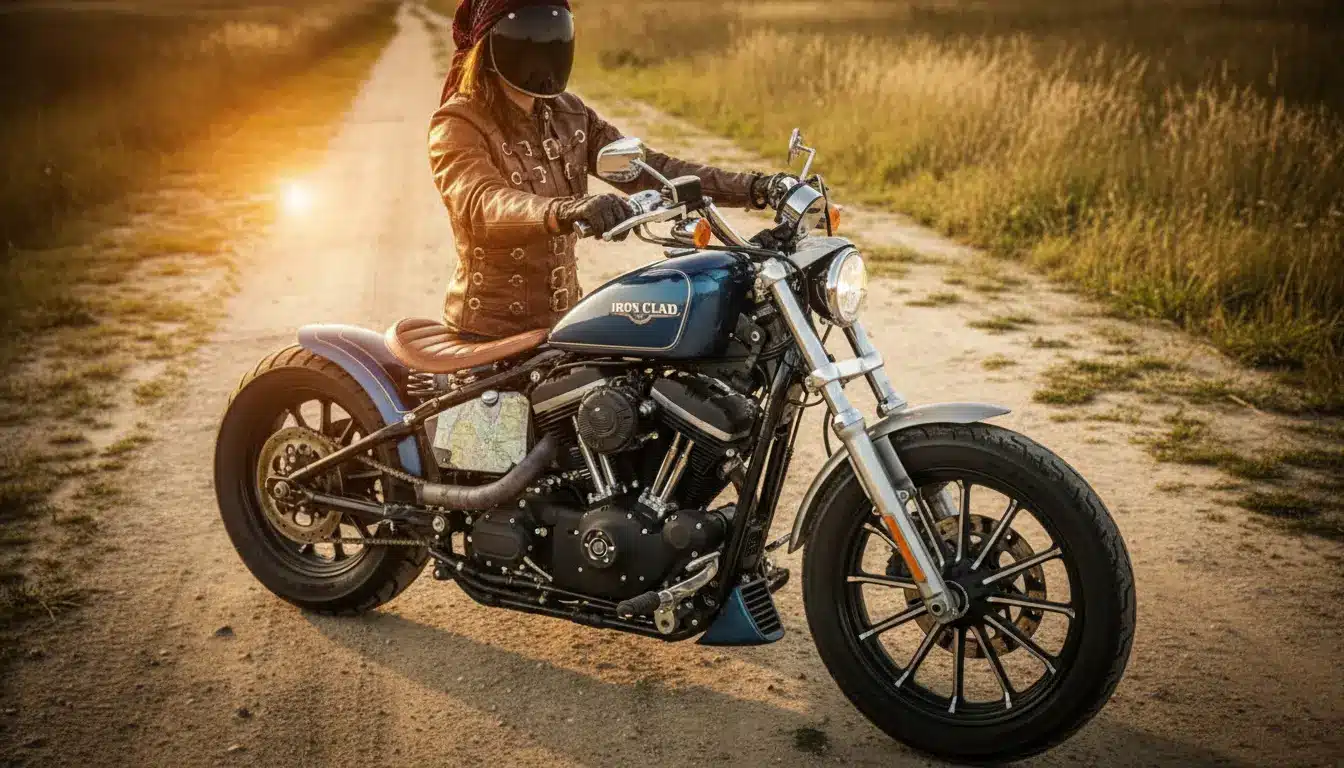Attention, all riders! Get ready to shift gears this summer: from July 1, a major regulation change is coming for every motorcycle helmet sold in Europe. It’s not just a bureaucratic switch—this is about tougher safety, a dash of innovation, and yes, possibly a shake-up in your wallet. Here’s what every motorcyclist needs to know so you’re not left behind (or fined) on the road.
Goodbye ECE 22.05, Hello ECE 22.06: What’s Changing?
- From July 1, the longstanding ECE 22.05 approval, in effect since 2007, rides off into the sunset.
- In strides its modern cousin, ECE 22.06, setting the new benchmark for helmet safety for every model sold across Europe.
What’s under the hood, you ask? Let’s take a quick glance backward. Under ECE 22.05, manufacturers and helmet users had specific rules to follow: each helmet featured a white label with a glorious E (for Europe) and a country code marking where it was approved. Safety also meant four required reflective strips—front, back, and both sides—plus a chin strap (the jugular fastening) meeting strict resistance standards.
Testing? Not taken lightly. Helmets faced impact tests against two anvils at 27 km/h, plus a further drop from a lofty three meters (that’s 7.5 m/s for the scientifically minded). Anyone bright enough to get caught wearing a non-approved helmet risked a 90 euro fine and a healthy subtraction of three licence points, courtesy of Article R431-1 of the Road Code.
ECE 22.06: Sharper Tests, Smarter Helmets
The new ECE 22.06 rules carry over some favorites from 22.05:
- The white label and country code
- Those reflective strips
- A chin strap that resists as much as your will on a Monday morning
But the real game-changer? The tests. Helmets now face hurdles worthy of an action movie:
- Three impacts at different speeds (instead of one—helmets, assemble!)
- Testing at 18 different points of impact (the old regime only checked six)
- Resistance trials with projection to 215 km/h—no, that’s not a typo
- Dedicated tests for the visor, which now must withstand impacts and scratches
- Internal sensors to measure resistance to abrasion, making the verdict more accurate
Eric Thiollier, president of the French Federation of Angry Motorcyclists (yes, that’s a real thing), summed it up, « The tests will be more realistic and complete. » Helmets will be stronger, safer, and—let’s face it—a tad more high-tech.
Will Your Wallet Take a Hit?
Now, before panic sets in about price tags, here’s what you should know: all this tech and complexity suggest the cost of approval (and perhaps helmets themselves) is likely to rise. Thiollier clarifies that while approval fees will climb and this might bump up retail prices, it shouldn’t become an excuse for manufacturers to hike prices unfairly, especially for helmets with the old certification. The goal is a better product, not an empty bank account.
Got an ECE 22.05 Helmet? You’re Not Out of the Game
Here’s the relief motorcyclists deserve: if you already own an ECE 22.05 helmet, breathe easy. You can keep using it after July 1—no need to bin your trusted companion. In fact, retailers can legally sell these helmets until December 31, 2023. After January 1, 2024, however, selling them will be banned, but using them on the road remains perfectly legal.
- No forced upgrades (phew!)
- A gentle, gradual transition so nobody’s left unprotected or out of pocket
The bottom line? The new ECE 22.06 standard means riders can expect tougher, safer, and even more innovative helmets—without being forced into an immediate swap. The focus is on raising safety standards for all, rewarding those who’ve already invested in quality protection, and ensuring every motorcyclist continues to enjoy the thrill of the open road with maximum peace of mind. So, keep your eyes on the road—and your helmet certified!

John is a curious mind who loves to write about diverse topics. Passionate about sharing his thoughts and perspectives, he enjoys sparking conversations and encouraging discovery. For him, every subject is an invitation to discuss and learn.






